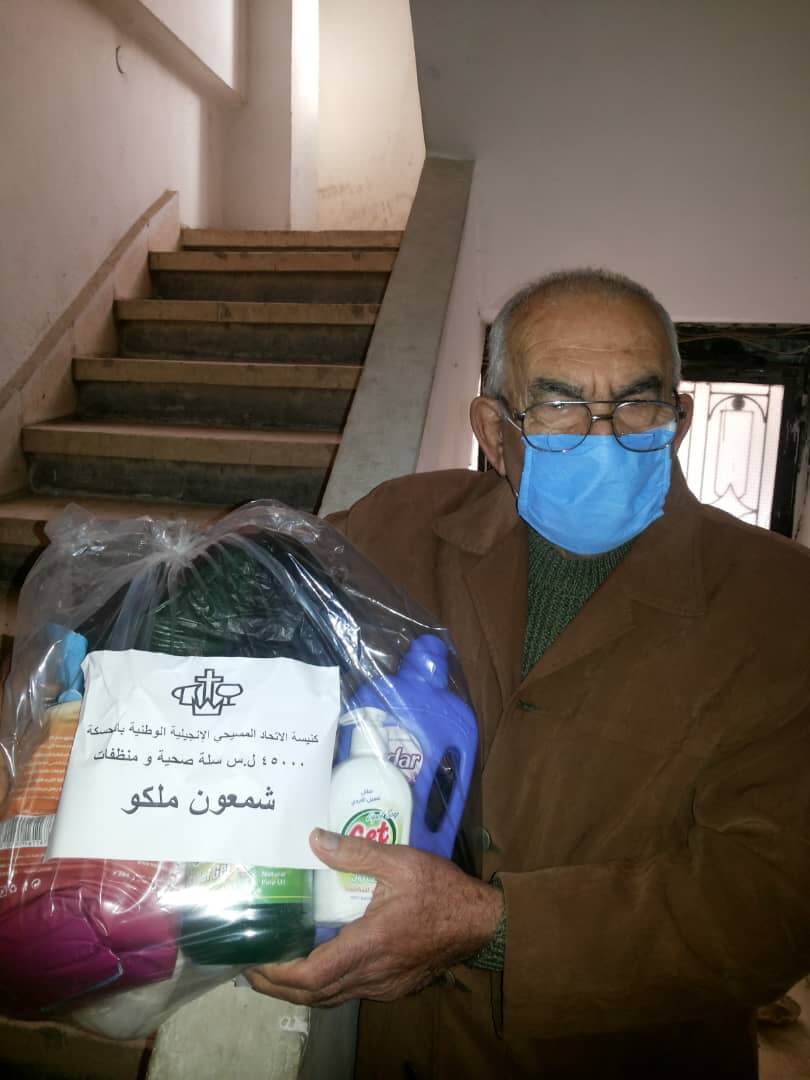This year marks the 10th anniversary of the outbreak of the civil war in Syria. During the Arab Spring in 2011, many Syrians demonstrated against the regime and called for democratic reforms. The popular protests were driven by a hope for a brighter future with greater participation and a higher standard of living. The protests grew into an uprising that was met with violence from the regime and a bloody civil war ensued, which has since evolved into a regional and global proxy war in which Iran, Russia and Turkey in particular have played a role.
Today, 10 years later, the war is still not overas there are still pockets of conflict, tells the project manager for Syria me for a video meeting.
"Large parts of the country are back under the control of the Assad regime. However, the Idlib-regionsoccupied areae and that northeastern Syria is unstable.The biggest problem right now is the humanitarian disaster Syria finds itself inwhich is created on the basis of years of fighting that has led to a massive economic collapse in the country."
The hope that drove the protests has now been replaced by hopelessness among Syrians struggling for basic daily necessities. According to the UN, more than six million Syrians face for acute food insecurity.
Economic collapse

"In the summer of 2020, Syria experienced hyperinflation, with the Syrian currency skyrocketing. Overnight, vegetables cost a quarter of a dollar a day.edel of a monthly salary. Mangel families is continue to be put under massive pressure against the backdrop of low purchasing power, just as that imported goods that the country is currently so dependent on is difficult toe to provide."
"The economic collapse is due to a hollowed out Syrian state budget, as a result of years of war which is further put under pressure by corona pandemic. Additional sanctions against Syria have been tightened as a result of the so-called Caesar sanctions imposed by the US in Junemaking it harder for the regime to send money in and out of the country. The sanctions aim to pressure the Assad regime back to the UN-led negotiations, but also affects the civilian population in such a way that the country is difficult to rebuild without outside help and the population is therefore trapped in povertyas long as the regime does not want to cooperate."
Women left behind in Syria
According to the UN Refugee Agency, 11 million Syrians have been forced to flee their homes since 2011. 6 million are internally displaced in Syria.
Before business partner says that young men in particular are fleeing: "They fear being conscripted to war by either the regime or a rebel group. This creates a demographic imbalance, and Some say thatthe In Aleppo, for example, only is One man for every 7 women.According to Syrian culture, women work typical not after starting a family, and when many men are fled, is large parts of the income-generating part of the population gone leaving women, children and the sick in a desperate situation", concludes the project manager.

Emergency aid for Syria
- The emergency response is COVID-19 focused. Masks and disinfectant are being distributed to limit infection.
- Christians and other vulnerable people is allocated Emergency aid in the form of food, medicine, warm blankets, heaters and kerosene.
- Nisland helpand distributed by Christians in Syria.
- It is estimated that 500,000 people have lost their lives during the civil war in Syria.






